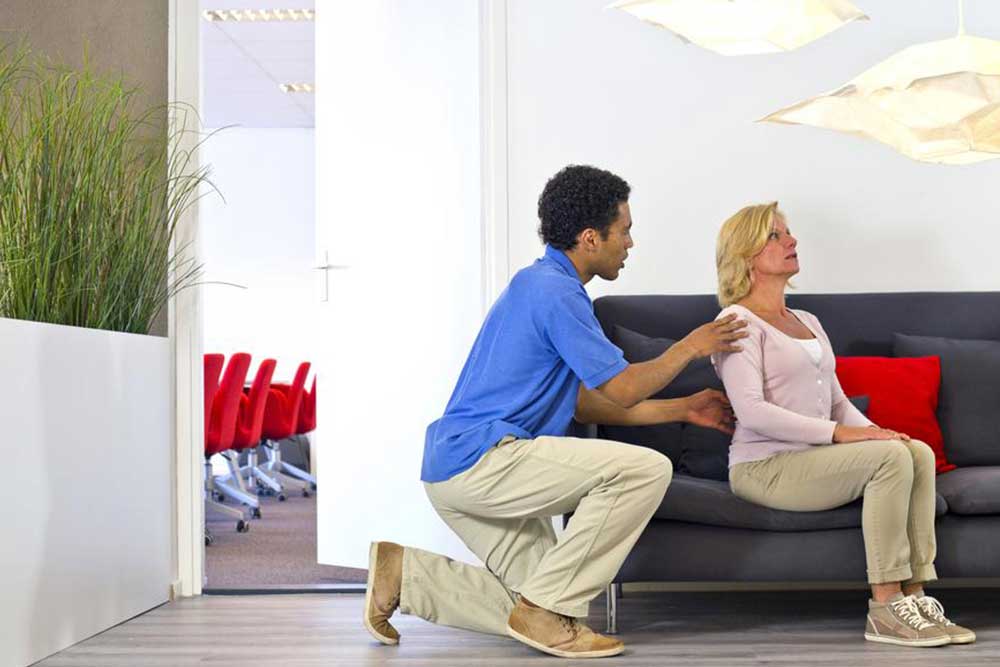Comprehensive Guide to Managing and Preventing Lower Back Pain
This comprehensive guide explores common questions about lower back pain, from symptoms to treatments and prevention. It emphasizes early recognition, effective home remedies, and lifestyle changes to manage discomfort and prevent future episodes. Understanding your back health is key to maintaining mobility and quality of life. Suitable for anyone experiencing back issues or looking to prevent them, this article provides valuable insights into managing lumbar problems effectively.

Understanding and Managing Lower Back Pain: Frequently Asked Questions
Lower back pain is among the most common health complaints worldwide, affecting a significant portion of the population at some point in their lives. It serves as a leading cause for medical consultations, missed workdays, and decreased quality of life. The lower back, also known as the lumbar region, plays a vital role in supporting the upper body's weight while allowing a wide range of movement, including bending, twisting, and lifting. Due to its crucial functions and vulnerability, issues in this area can profoundly impact daily activities.
Understanding the complexities of lower back pain, recognizing symptoms early, and knowing available treatment options are essential in effectively managing this condition. The presentation of lower back discomfort varies from mild to severe, and treatment approaches need to be tailored accordingly. While mild cases often respond well to conservative measures, more serious problems may necessitate advanced medical interventions, including surgical procedures.
Symptoms and How to Recognize Them
Symptoms of lower back pain can differ from person to person, but common signs include a persistent dull ache, sharp pain after prolonged periods of sitting or standing, and radiating discomfort that extends from the lower back into the buttocks and legs. For many, initial discomfort may develop gradually over time, especially with repetitive strain or poor posture. Others may experience a sudden onset of pain following an injury or heavy lifting. Recognizing these symptoms early can lead to more effective management and prevent worsening of the condition.
When to Seek Immediate Medical Attention
While many instances of lower back discomfort improve with self-care, there are severe symptoms that require urgent medical evaluation. These include sudden loss of bladder or bowel control, numbness or weakness in the legs, persistent fever, or weakness accompanied by pain that doesn't improve with rest. Such symptoms could indicate serious underlying conditions like nerve compression or infections that need prompt treatment.
Common Treatment Options for Lower Back Discomfort
Initial management of lower back pain often involves conservative therapies. Over-the-counter medications such as NSAIDs (non-steroidal anti-inflammatory drugs) are commonly used to reduce inflammation and relieve pain. In some cases, physicians recommend corticosteroid injections to decrease severe inflammation. Supportive devices like back braces can provide additional stability during recovery.
Physical rehabilitation is also central to treatment, encompassing targeted exercises, stretches, and manual therapy. For persistent or severe cases, additional interventions such as acupuncture, massage therapy, or physical therapy may be beneficial. In rare instances, surgical options like discectomy or spinal fusion are considered when conservative treatments fail or if structural abnormalities are identified.
Effective Home Remedies and Lifestyle Modifications
Managing mild lower back discomfort at home can be highly effective. Practices such as practicing yoga and gentle stretching can alleviate muscle tension and improve flexibility. Regular massage therapy may help relax tight muscles and reduce pain. Acupuncture is another alternative therapy that can provide relief for some individuals. Ensuring adequate and quality sleep is vital, as proper rest supports overall recovery and tissue healing.
Besides these therapies, maintaining a healthy lifestyle is crucial in preventing future episodes. Maintaining a healthy weight reduces strain on the lower back muscles and spine. Good posture while sitting and standing minimizes undue stress. Engaging in regular physical activity, such as walking, swimming, or core strengthening exercises, enhances overall back health. Avoiding prolonged periods of sitting or standing and quitting smoking, which impairs blood flow and tissue repair, further contribute to back health preservation.
Preventative Measures to Protect Your Lower Back
Preventing lower back pain involves adopting habits that promote spinal health and minimize strain. Proper lifting techniques involve bending your knees, keeping the back straight, and lifting with your legs rather than your back. Investing in ergonomic furniture and workspace setups can significantly reduce strain during work hours. Maintaining a balanced exercise routine that includes core strengthening and flexibility exercises helps stabilize the spine.
Furthermore, staying at a healthy weight alleviates pressure on the lumbar spine. Quitting smoking enhances blood circulation and tissue repair, reducing the likelihood of degenerative changes. Lastly, incorporating regular movement breaks during long periods of sitting and practicing mindfulness on posture can greatly reduce the risk of developing chronic lower back problems.
In conclusion, lower back pain is a prevalent condition that can interfere significantly with daily life. Early recognition of symptoms, prompt treatment, and consistent preventative practices are essential strategies for managing and avoiding worsening symptoms. Whether through simple home remedies or professional medical interventions, effective management of lower back discomfort can restore mobility, reduce pain, and improve overall quality of life. Being proactive about back health will help ensure a pain-free and active lifestyle for years to come.





